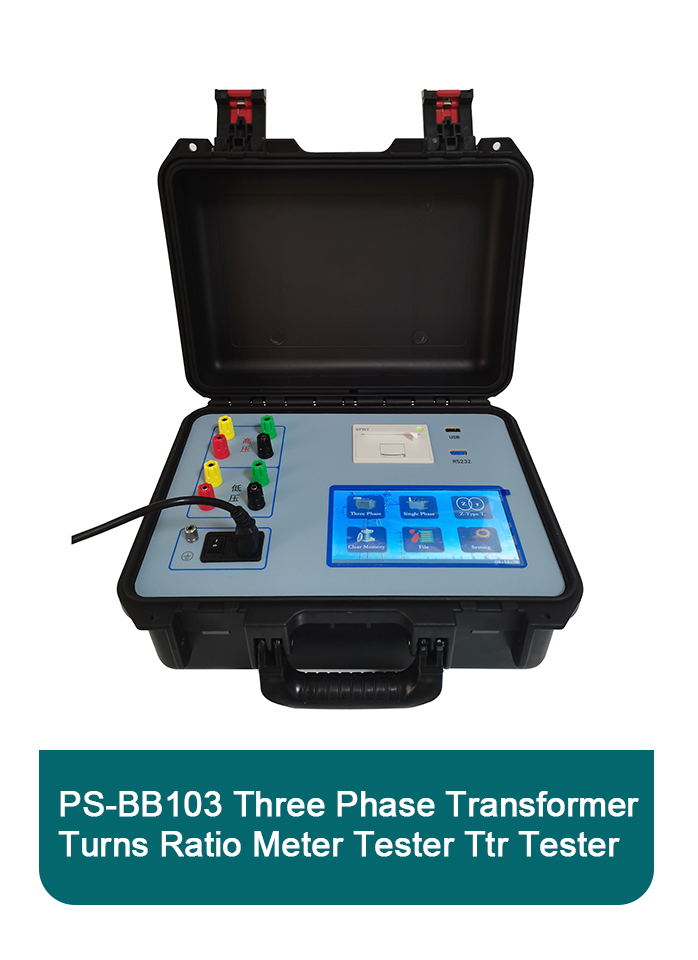 English
English


moisture content
Understanding Moisture Content Its Importance and Measurement
Moisture content (MC) refers to the amount of water present in a substance, typically expressed as a percentage of the total weight or volume. This measurement holds significant importance across various industries, including agriculture, food production, pharmaceuticals, and materials science. Understanding moisture content is crucial for several reasons, from product quality to shelf life, and even safety.
In agriculture, moisture content plays a pivotal role in determining the quality and yield of crops. For example, grains such as wheat, corn, and rice need to be harvested at the right moisture levels to prevent spoilage and ensure effective storage. If grains are harvested too wet, they are susceptible to mold growth, insect infestation, and fermentation, all of which can lead to significant economic losses. Conversely, if harvested too dry, the yield may decrease as the grains may not fully develop. Therefore, farmers must monitor the moisture content during growth and harvest to optimize their crops' health and marketability.
In the food production industry, moisture content impacts the texture, flavor, and overall quality of food products. For instance, baked goods like bread and cakes rely on specific moisture levels to achieve that perfect crumb and mouthfeel. If the moisture content is too high, it can lead to a soggy texture, while too little moisture can render the product dry and crumbly. Furthermore, moisture content affects the shelf life of food products; high moisture levels can encourage microbial growth, leading to spoilage. As a result, food manufacturers often invest in moisture measurement technologies to ensure consistency and quality in their products.
moisture content

Moreover, in the pharmaceutical industry, moisture content is critical for active ingredients and formulations. Many medications are sensitive to humidity, which can affect their efficacy, stability, and shelf life. For instance, moisture-sensitive drugs may clump or degrade when exposed to high humidity, leading to ineffective treatments for patients. Consequently, pharmaceutical companies rigorously test and control moisture levels throughout the manufacturing and packaging processes to uphold the integrity of their products.
The measurement of moisture content can be conducted through various methods, each suited for different materials and contexts. Common techniques include oven drying, where samples are weighed before and after drying to determine the moisture loss, and using moisture analyzers that employ infrared or microwave technology for rapid results. Each method has its advantages and limitations concerning accuracy, speed, and suitability for different types of materials.
In conclusion, moisture content is a critical parameter across multiple sectors, influencing product quality, safety, and economic viability. Understanding and controlling moisture levels can make the difference between product success and failure, whether in agriculture, food production, or pharmaceuticals. As technology continues to advance, more precise and efficient methods for measuring moisture content are being developed, further enhancing our ability to manage this vital aspect of material quality. Through continual monitoring and management of moisture content, industries can ensure better outcomes and sustainability in their practices.
-
Differences between open cup flash point tester and closed cup flash point testerNewsOct.31,2024
-
The Reliable Load Tap ChangerNewsOct.23,2024
-
The Essential Guide to Hipot TestersNewsOct.23,2024
-
The Digital Insulation TesterNewsOct.23,2024
-
The Best Earth Loop Impedance Tester for SaleNewsOct.23,2024
-
Tan Delta Tester--The Essential Tool for Electrical Insulation TestingNewsOct.23,2024





